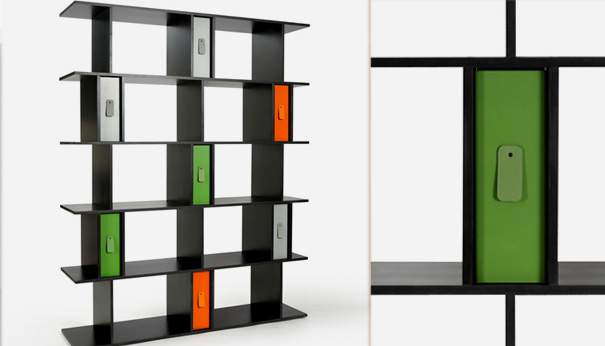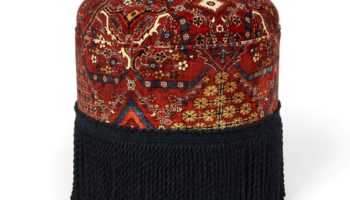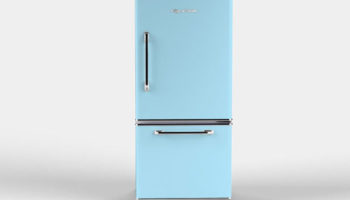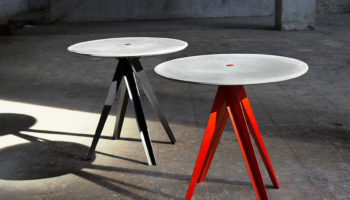The Beauty Behind Brutalism: Foundation Shelving by Benjamin Hubert Inspired by Brutalist Architecture
It’s particularly satisfying when someone designs something based on a style that’s generally viewed in a negative light, making us reassess what we actually hated so much in the first place—and why. London-based industrial designer Benjamin Hubert has created a storage and shelving system inspired by brutalist architecture, aptly named Foundation (note: he does like concrete–see his fabulous Heavy Lights). The idea is to borrow all the good stuff behind brutalism (side note: the name didn’t help the philosophy gain any ardent proponents): strict geometry, transparent construction, and functionality.
You may recall that the progeny of this architectural movement inspired vehement hatred. Prince Charles referred to brutalist buildings as “piles of concrete” and “rubble.” And British author Theodore Dalrymple called brutalist architecture “cold-hearted” and “monstrous,” taking issue with the deteriorating state of concrete. Post-brutalist architects have had a plethora of objections to the genre: that it ignores its environment, that it appears cold (and that gets convoluted with all manner of politics), and that it relegated low-income city dwellers to an ugly, stark reality. Ouch! Lucky for us, Benjamin Hubert was able to rediscover some of the beauty behind brutalism.
Foundation Shelving. Designed by Benjamin Hubert for Heal’s.
Foundation, which is manufactured in the UK for Heals, the furniture giant that’s celebrating its 200th anniversary, is made of charcoal Valchromat: “Valchromat is a wood fibre board coloured with organic dyes specifically developed and bonded with resin to ensure that the natural appearance and characteristics of the fibre remain in tact.” Within the Valchromat sit powder-coated steel box files that have convenient leather tabs with which to retract the boxes-within-a-box. The contrast between “industrial materials and softer tactile details emphasises the brutalist language while retaining a sense of tradition found in the leather bindings of books.” So Hubert has found a way to incorporate some of brutalism’s essential concepts. In this way, Foundation plays with the very foundation of the movement.
But, as Heals says, “Better furniture for better times.” Hubert goes one step further with his shelving and storage system, updating it for our changing world, mired as it is by globalism’s environmental impact. The wood used to construct Valchromat “is sourced from forest waste and recycled pine.” Plus, the manufacturing process is environmentally friendly with zero carbon emissions. Foundation hopes to have the “timeless appeal” that brutalism did not.
Via Dezeen.






Leave a Reply